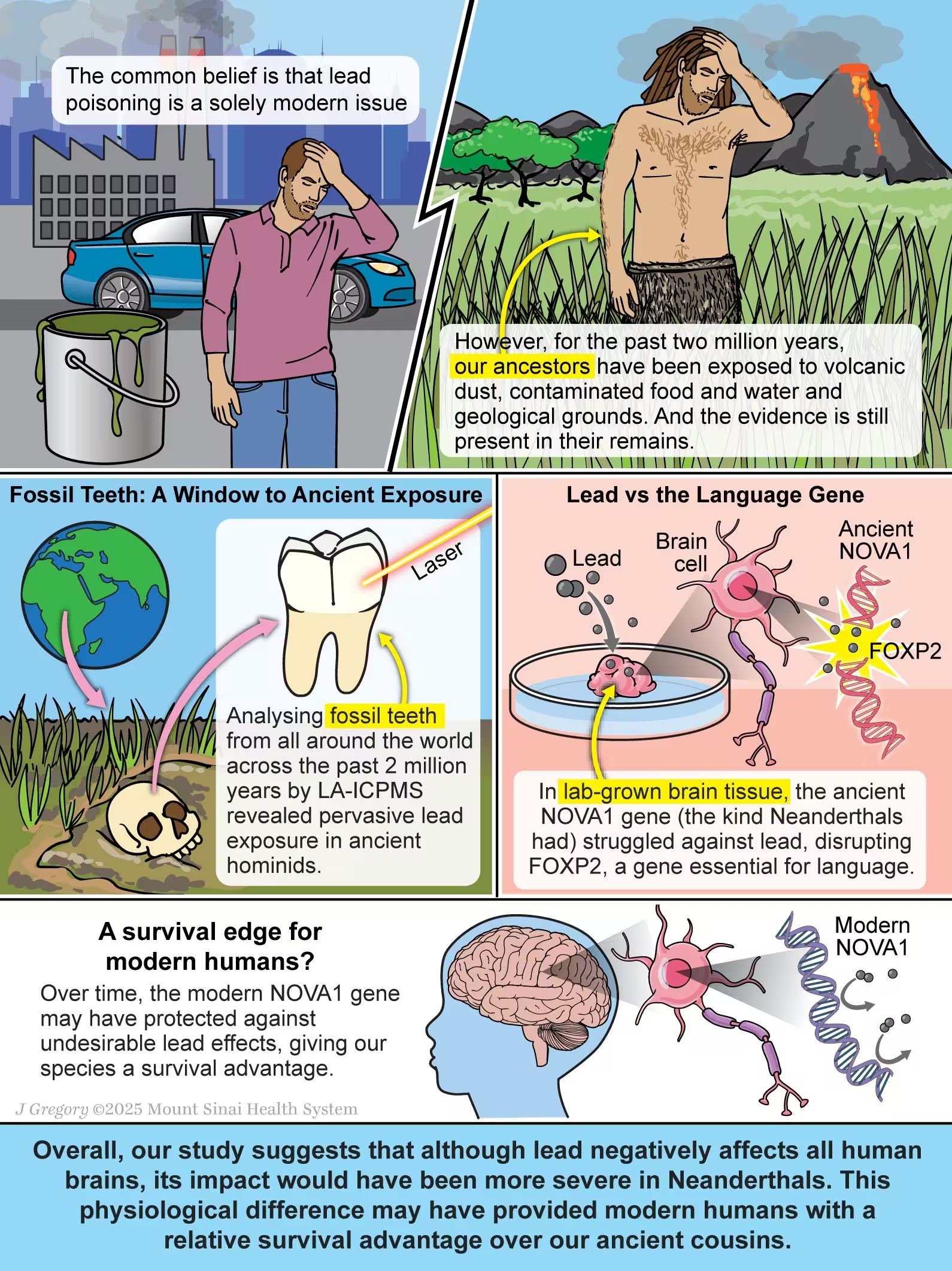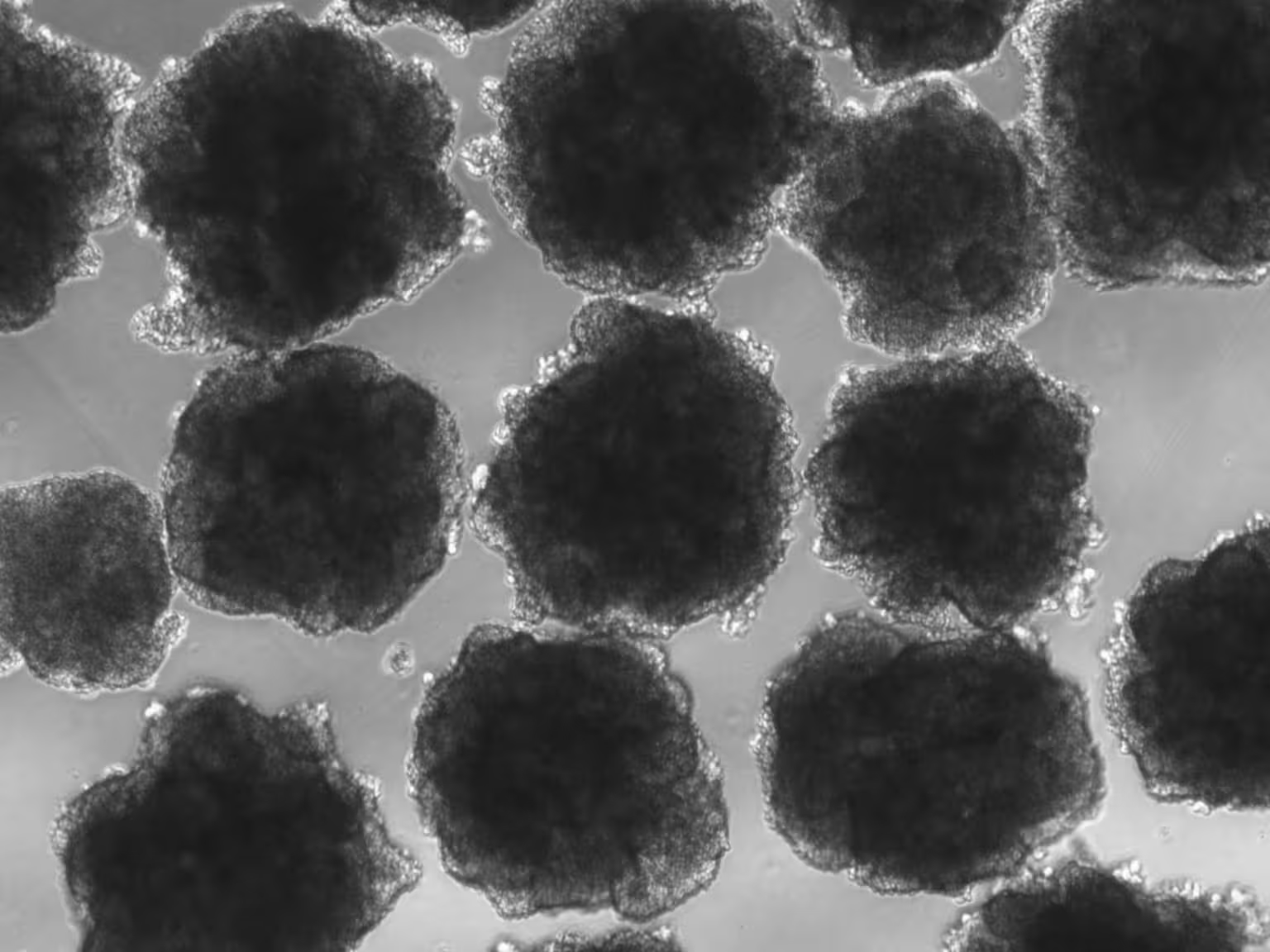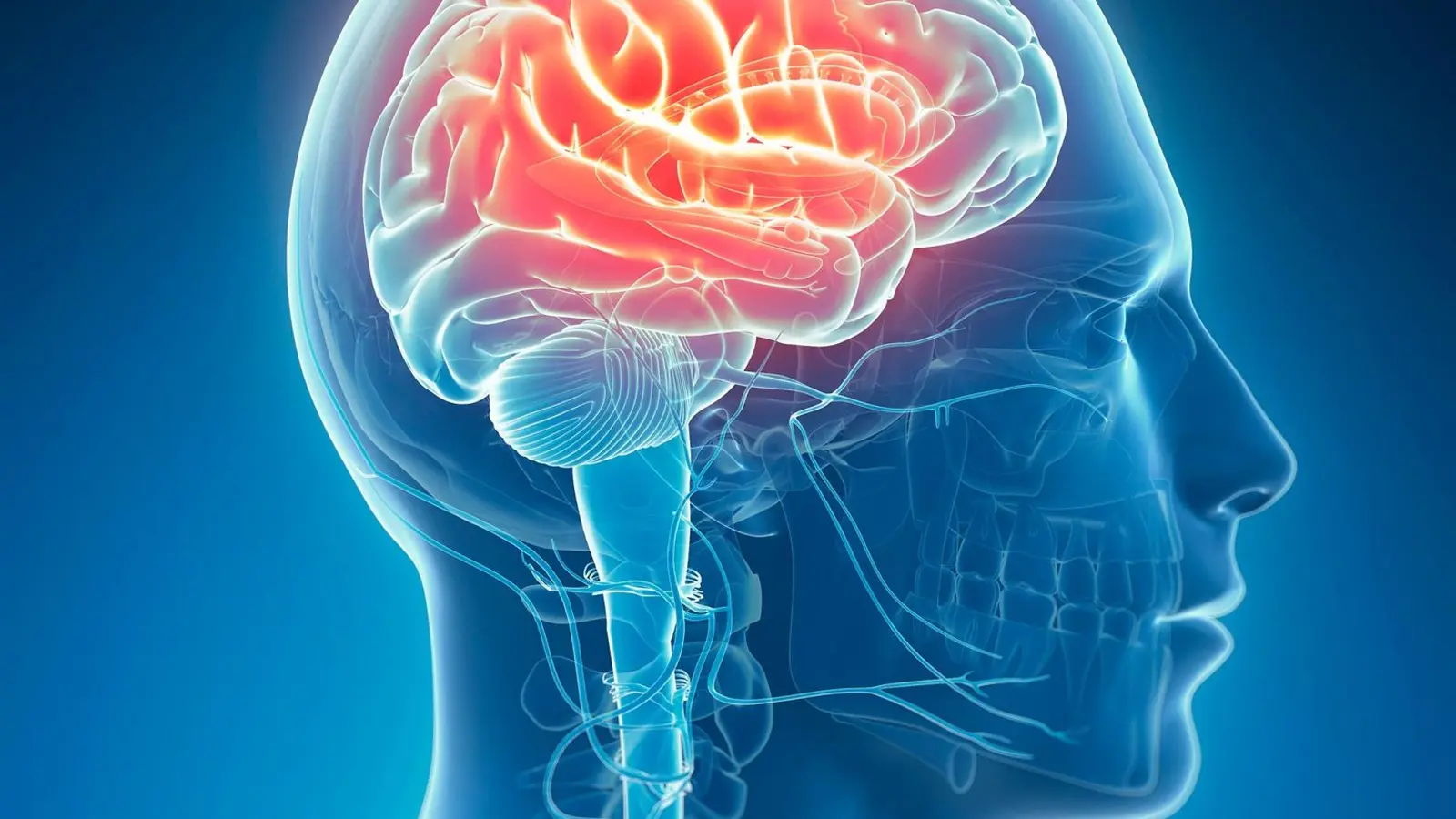8 Minutes
New interdisciplinary research suggests that exposure to lead — long viewed as a purely modern pollutant — has been part of the hominid experience for more than two million years. By combining fossil geochemistry, lab-grown brain models and genetic analysis, an international team has uncovered evidence that repeated lead exposure may have influenced brain development, social behavior and even the evolution of language.
A groundbreaking international study reveals that humans and their ancestors have been exposed to the toxic metal lead for over two million years — long before the Industrial Age. Credit: Stock
A toxic thread through deep time
Conventional wisdom links dangerous levels of lead to recent human industry — mining, smelting, leaded petrol and paint. The new study overturns that assumption by tracing lead exposure deep into our past. Researchers chemically analyzed 51 fossil teeth from a wide array of hominids and great apes — including Australopithecus africanus, Paranthropus robustus, early Homo species, Neanderthals and modern Homo sapiens — and found repeated signatures of lead uptake during childhood that extend back nearly two million years.
Using high-precision laser-ablation geochemistry at the Geoarchaeology and Archaeometry Research Group (GARG) facility in Lismore and complementary instrumentation in exposomics labs, the team identified narrow "lead bands" layered in enamel and dentine. Teeth grow incrementally, so each band records a specific window of childhood development: these are not single events but episodic pulses of exposure.
The chemical fingerprints point to multiple environmental pathways: natural contamination from soil and water, volcanic aerosols, and perhaps localized hot spots where hominids encountered concentrated lead. The record also hints at biologically mediated release: under stress or illness, lead stored in bone can mobilize and re-enter circulation, leaving a secondary mark in forming teeth.

Infographic shows: lead exposure to humans in modern times versus our ancestors. How teeth fossil and brain tissue were analyzed for this study. How the modern NOVA1 gene may have protected modern humans against undesirable effects of lead. Credit: J Gregory @2025 Mount Sinai Health System
From fossils to function: brain organoids and genetic switches
Fossils tell us exposure happened; experiments test what it could have meant. To probe functional consequences, researchers grew human brain organoids — three-dimensional, stem-cell-derived models that recapitulate early brain development — and edited them to carry either the modern human version or an archaic variant of a developmental regulator called NOVA1.
Using these organoids, the study examined how lead exposure reshapes molecular pathways during neurodevelopment. The NOVA1 gene functions in RNA processing and can alter how multiple downstream genes are expressed. One of those downstream players is FOXP2, a gene already implicated in speech and language circuits. When organoids carrying the archaic NOVA1 variant were exposed to lead, the experiments showed pronounced disruption of FOXP2-related activity in cortical and thalamic neurons — brain regions linked to communication, motor planning, and sensory integration. By contrast, organoids with the modern human NOVA1 variant were less disrupted by the same lead doses.

Using human brain organoids (miniature, lab-grown models of the brain), the team compared the effects of lead on two versions of a key developmental gene called NOVA1, a gene known to orchestrate gene expression upon lead exposure during neurodevelopment. The modern human version of NOVA1 is different from that found in Neanderthals and other extinct hominids. Credit: University of California San Diego
Why NOVA1 matters
- NOVA1 regulates splicing and expression of many neuronal genes during critical windows of brain growth.
- Small differences between archaic and modern NOVA1 variants appear to change vulnerability to neurotoxins like lead.
- When protective genetic variants reduce the impact of a toxin, that variant can be favored by selection — especially if the toxin is widespread.
Language, survival and the Neanderthal question
One provocative implication of the study is an evolutionary angle on why modern humans may have fared differently from Neanderthals. The organoid experiments suggest that Neanderthal-like NOVA1 made neural networks controlling FOXP2 activity more susceptible to lead disturbances. If lead exposure was frequent in the environments shared by hominid populations, individuals with more resilient genetic variants could have enjoyed subtle but cumulative cognitive or communicative advantages over generations.

Professor Renaud Joannes-Boyau, Head of GARG at Southern Cross University, summarized the broader inference: our ancestors' brains evolved in an environment that included neurotoxic metals. That environmental pressure, repeated across millennia, may have nudged genetic and developmental pathways in directions that altered social behavior and cognition.
“This work suggests that exposure to environmental contaminants like lead didn’t just harm individuals — it shaped evolutionary pressures,” said Professor Alysson Muotri, director of the UC San Diego stem cell institute involved in the organoid experiments. “A variant that reduced neurological disruption when lead was present could confer a meaningful survival or communicative edge.”
Professor Renaud Joannes-Boyau, Geoarchaeology and Archaeometry Research Group at Southern Cross University. Credit: Southern Cross University
Scientific methods and interdisciplinary collaboration
The study is notable for its cross-cutting methodology. Geochemical mapping of fossil teeth provided temporal resolution of exposure during childhood. Laboratory exposomics quantified the molecular fallout in developing neural tissue. Finally, genetic and proteomic analyses linked environmental insults to changes in pathways governing neurodevelopment, social behavior and communication. This triangulation — paleochemical trace evidence plus controlled lab modeling and molecular profiling — strengthens the causal story beyond what any single approach could deliver.
Researchers drew samples from Africa, Europe, Asia and Oceania, ensuring a geographically broad fossil baseline. In the lab, dose–response assays were designed to simulate episodic exposures comparable to the lead bands seen in teeth, rather than chronic industrial levels. Transcriptomic and proteomic profiling then revealed which cellular networks were most perturbed by lead in archaic versus modern genetic backgrounds.
Expert Insight
Dr. Elena Morales, a neuroevolutionary scientist (fictional for context), commented: “The combination of fossil chemistry and organoid biology is a powerful bridge between Earth history and brain function. These findings don't imply intent or directionality in evolution, but they do highlight how environmental toxins can be an underappreciated selective force. For archaeologists and health scientists alike, this study reframes lead as a long-term ecological actor — not just a 20th-century pollutant.”
Implications for public health and future research
Although ancient exposure pathways differ from today’s industrial sources, the study underscores a sobering continuity: lead has been a recurrent hazard across hominid history. That persistence raises two categories of modern relevance.
First, it deepens the biological story behind why children are especially vulnerable to lead and why some populations may carry inherited susceptibilities or partial protections. Genetic variants that once reduced the neurological impact of environmental lead may still influence how modern bodies respond to exposure.
Second, the work underscores the urgency of eliminating remaining sources of lead in the environment. Even if some historic genetic changes mitigated the worst developmental disruptions, no genetic variant provides complete immunity. Contemporary lead exposure — from contaminated water systems, old paint, industrial sites and legacy pollution — remains a public health crisis with proven impacts on cognitive development and behavior.
Future studies will need to expand sample sizes across fossil sites, integrate additional archaic gene variants into organoid models, and explore other neurotoxins that might have shaped human evolution. Long-term, the research program points to a richer synthesis between paleoenvironmental data and modern biomedical science: the conditions that shaped ancient brains are not merely curiosities of the past, they are threads that continue to run through human biology today.
Genetic and proteomic analyses in this study revealed that lead exposure in archaic-variant organoids disrupted pathways involved in neurodevelopment, social behavior, and communication. The altered FOXP2 activity in particular points to a possible link between ancient lead exposure and the evolutionary refinement of language abilities in modern humans.
Source: scitechdaily
Comments
DaNix
Interesting combo of fossils and lab work, kinda overhyped tho. Still a solid public health reminder. Fix old lead pipes, clean up sites, we gotta act
labcore
is this even true? teeth lead bands are cool, but jumping to language evolution via organoids and one gene feels like a big stretch, need more data pls
atomwave
wow never thought lead was part of our story for millions yrs, that's wild and a little creepy. If true, tiny exposures shaped big changes... who knew?


Leave a Comment